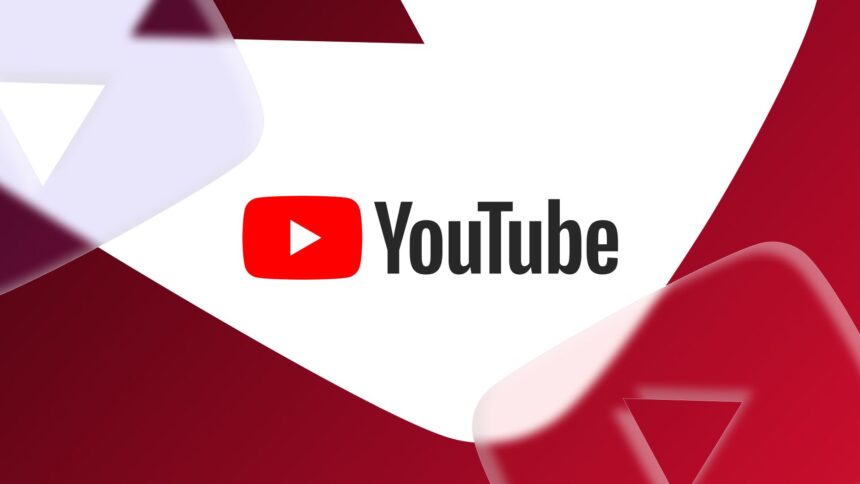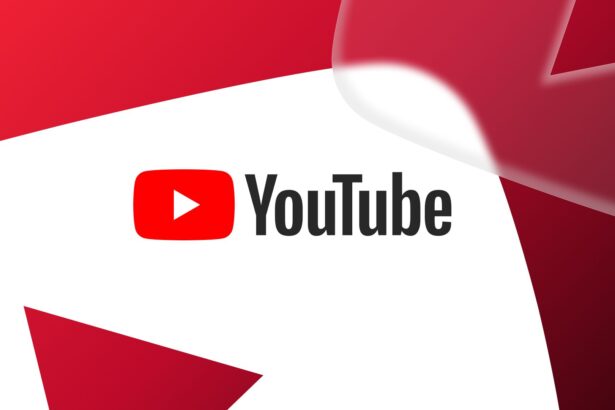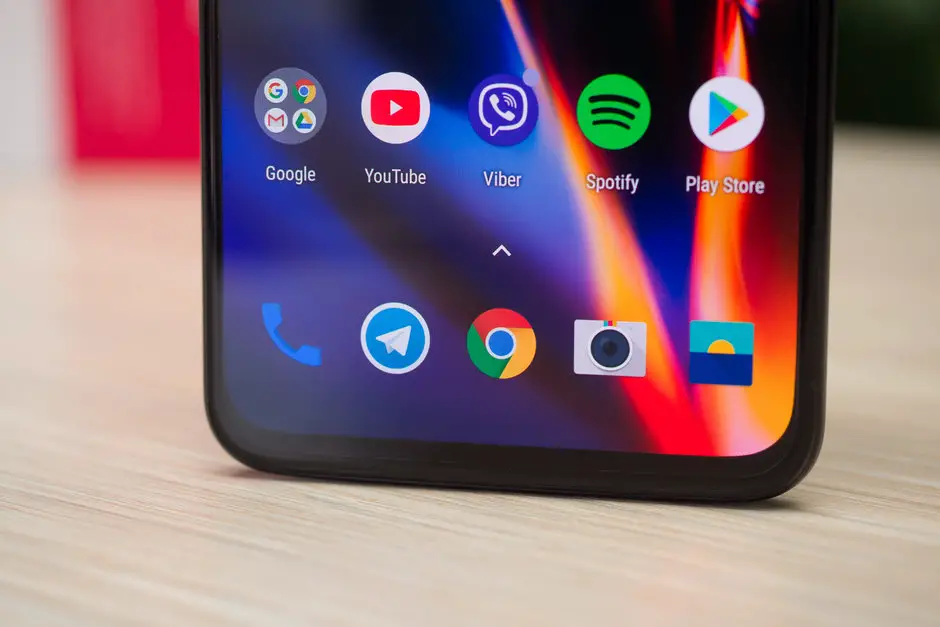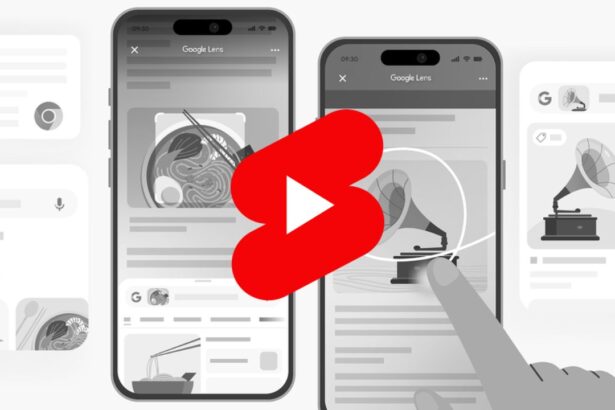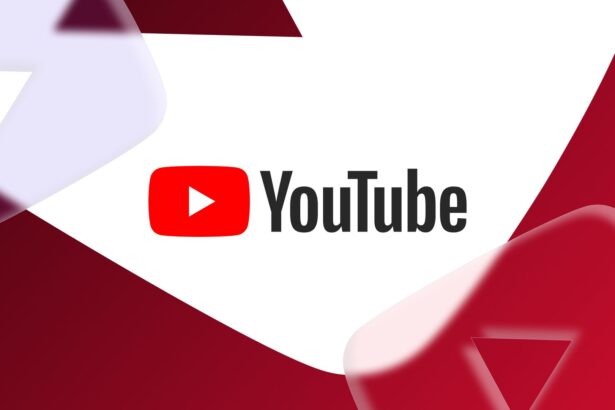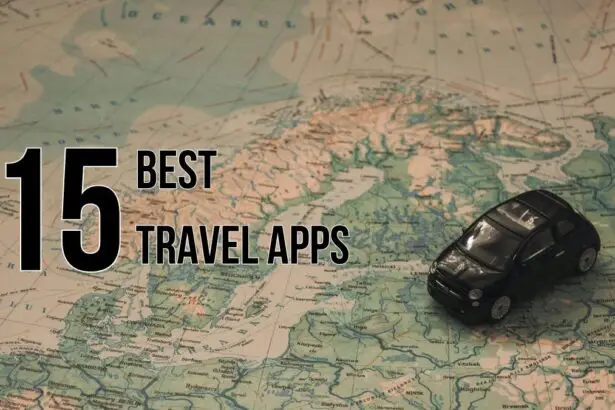- YouTube takes a proactive stance against ad blockers, a progression from detection measures to more aggressive tactics like skipping videos entirely for users with ad-blocking software.
- Despite YouTube's efforts, users have shown resilience by seeking and implementing various workarounds.
- The ongoing conflict between YouTube and ad blockers reflects a larger struggle between platform monetization and user preferences.
Ad blocker is undoubtedly one of the most contentious issues in today’s world of online video content consumption, and the confrontation between YouTube and ad blockers is possibly one of the most characteristic examples of the modern strife. This struggle of interests between the global platform and its users resulted in a sequence of actions and reactions that define how we interact with online video content today: Yet, with the constant inflow of profit-oriented actions by YouTube, and the users’ never-ending battle against adverts, this entangled interest has resulted in a series of meaningful and captivating actions and counter-actions that define how we consume online videos.
The Beginning of Ad Blocker
This story began in 2022 when the YouTube, belonging to the Google technology company, launched a focused attack on the third-party apps such as YouTube Vanced. Vanced allows enjoying any content without ads without having to subscribe to the platform’s paid YouTube Premium service. In essence, YouTube sought to dismantle these options in a bid to get advertisers to direct individuals to the company’s paid service, with the absence of ads as one of its major selling points. This particular move especially showed YouTube’s stand for the advertising-based revenue model and at the same time, encourage more use to go for paid subscription if they want a cable free access.
But instead of a passive acceptance of this system by the users, the latter’s reaction meant a sustained search for ways to get into the network. When YouTube began to chase ad blockers even more actively, the audience observed different kinds of barriers; it was no longer just about the duplicate videos or “private videos” messages or the lack of comfort during the video playback but also about the impossibility to watch some videos at all. The lengths of actions of the platform varied from identifying ad blockers and then disabling video playback to even testing on how to make video load slower on purpose. To skipping videos altogether as soon as an ad blocking software is identified.
The Escalation of the Cat-and-Mouse Game
The cat-and-mouse game escalated further in January 2024, with reports emerging of YouTube testing a new tactic: pausing audio for a video when an ad blocker is noticed in the environment. To discuss the negative outcomes of decentralized management measures users went to forums, Reddit in this case, to share their experience. A user for instance explained how on manipulating the volume slider, the sound would come back for a few seconds then stop again while other customers complained of videos that could either freeze or fast-forward.
Unfortunately, the experience on YouTube is similar to any other popular online platform. Which means that even such a firm with the clear intention to prevent the occurrence of the ad blockade will not be capable of completely stopping the active work of the online community. It is constantly looking for the ways to get round the obstacles. Lately, some users have reported that some ad-blocking extensions such as uBlock Origin offer a breathing space from these advertisements. Others have resorted to using particular plugins such as the Ad Speedup getting through advertisements and reducing interferences to their entertainment as much as possible.
Creative Workarounds and Solutions
Notably, there is a new approach that is a clever way to get around the barriers of Google’s ad settings. For instance, by setting the location to Albania via a VPN, users have discovered a way of bypassing YouTube’s ad censorship. This creative solution leverage on the problem of lack of Albanian language support in Google’s ad network and guarantees the users to be able to watch ad-free content with we do not need to subscribe to premium accounts.
As the battle between YouTube and ad blockers rages on, it underscores a fundamental tension in the digital landscape: one of the main tensions, or the conflict between the user and the businessman within the business. Thus, on one hand, YouTube aims at generating maximal ad revenue and popularizing its paid services, on the other hand, users are persistent in their attempts to regain control over their net experience, experimenting with new ways of advertising avoidance.
In this state of conflict, both sides are imitating each other’s actions, but they are also developing new strategies, as each side tries to gain superiority in the battle of cyber ‘leap frog.’ As users navigate this ever-shifting terrain, one thing remains certain: the desire to find a way to watch content online without ads is likely to continue, thus defining the further development of online content consumption.
